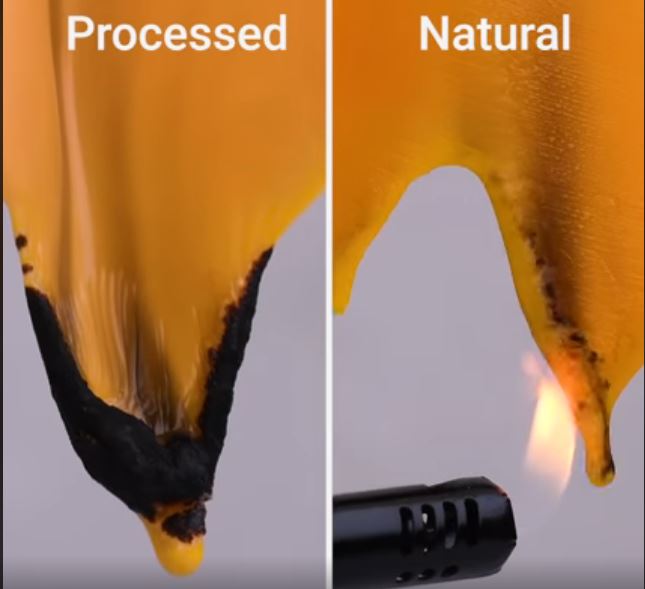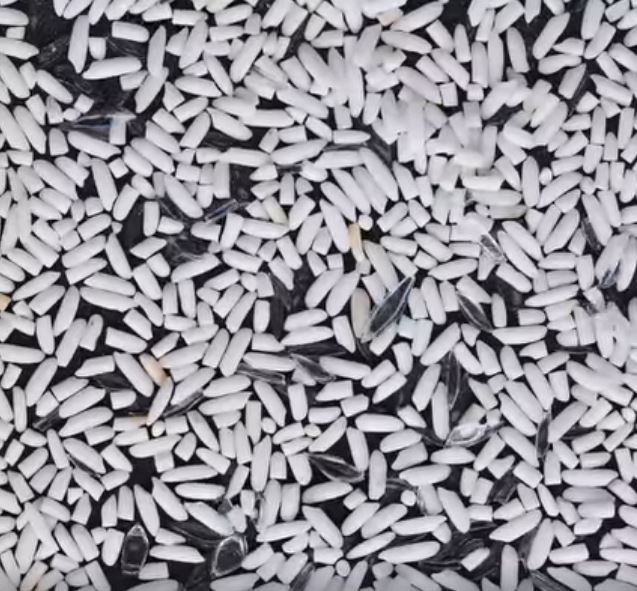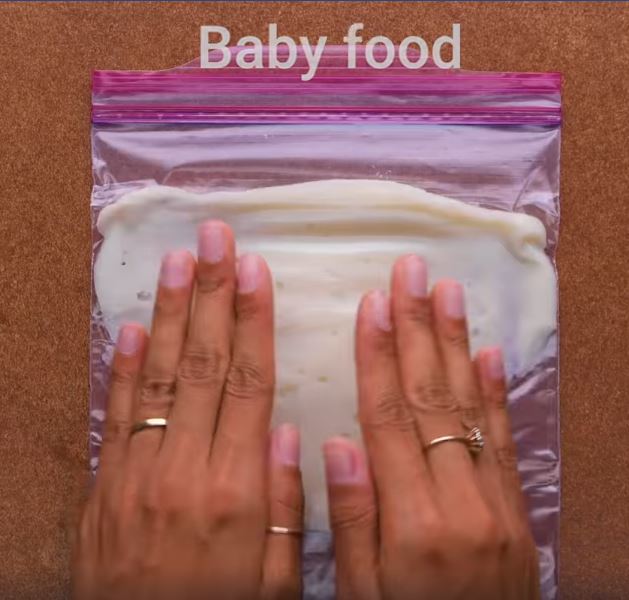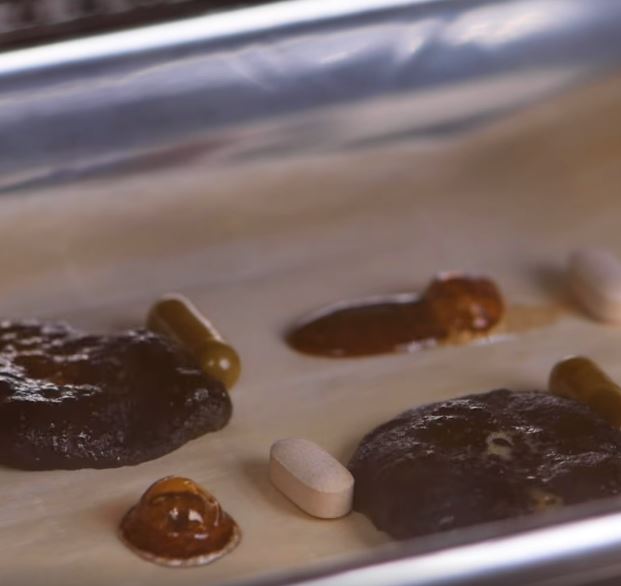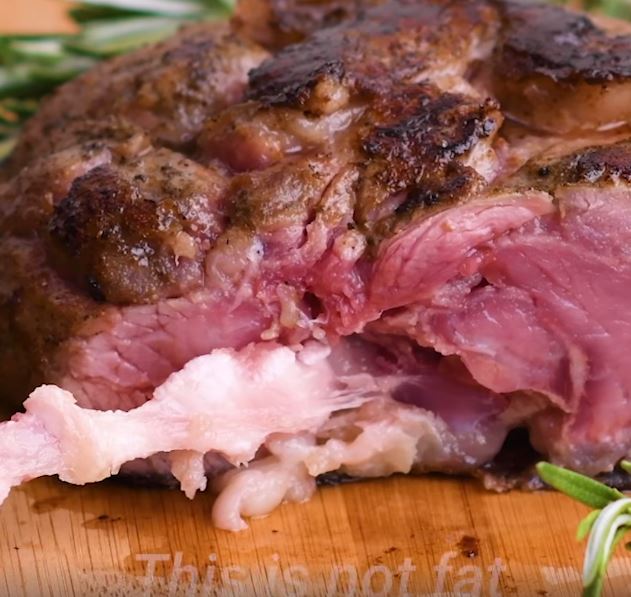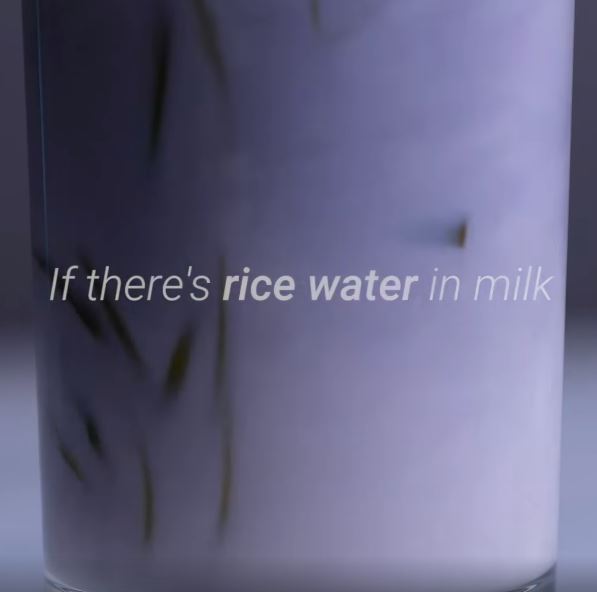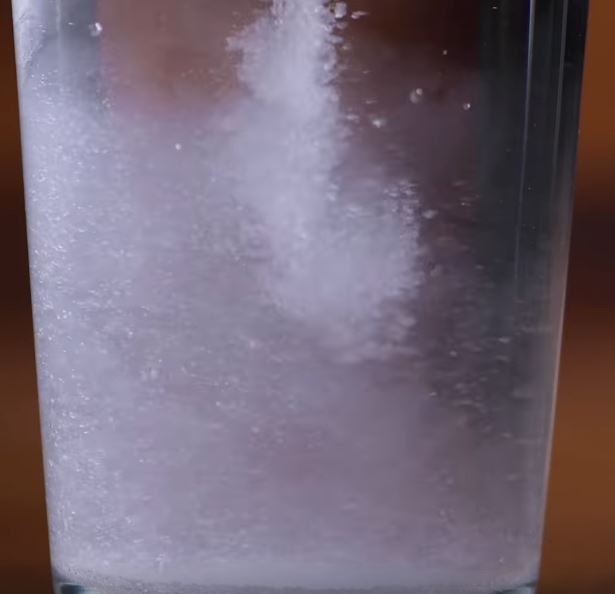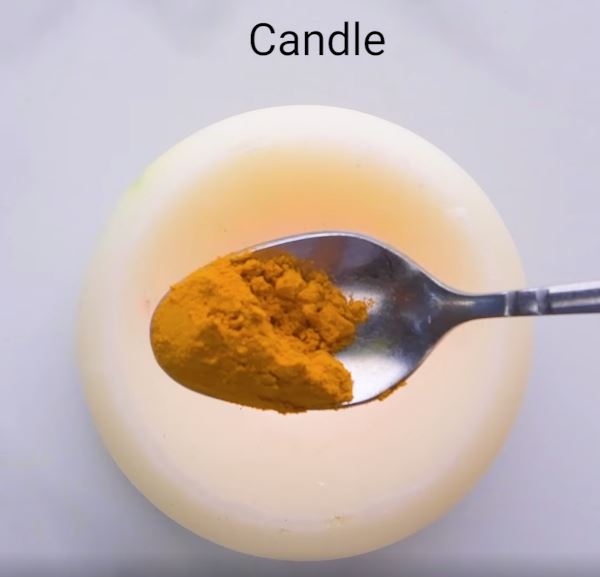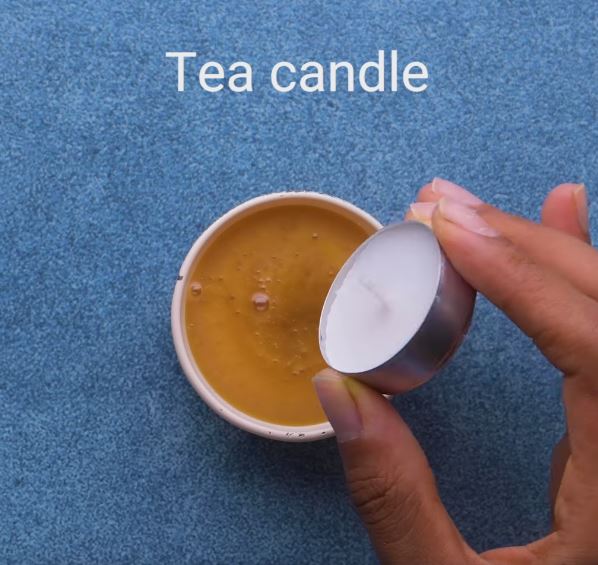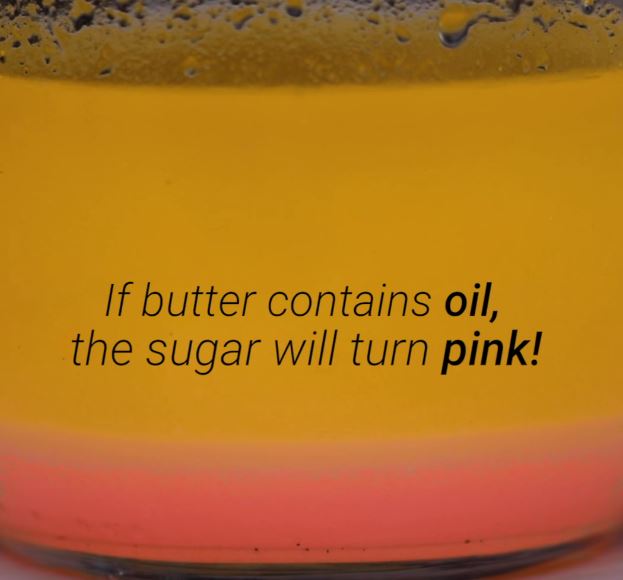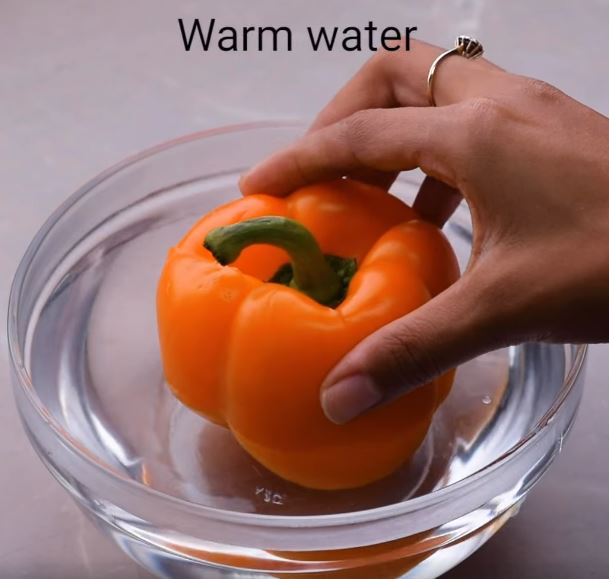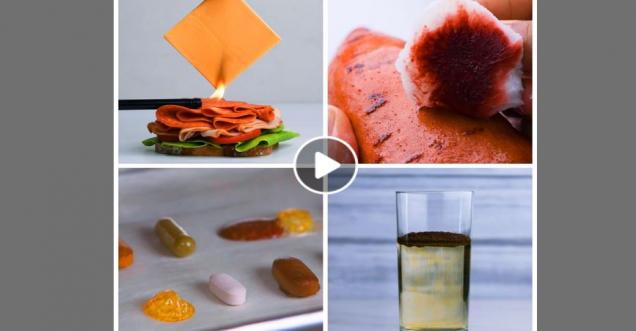
Viral Claim: A video viral on social media claiming various tests on the daily food we eat. Sadly, the video is not true. video making that claims seems to be based mostly on examples from China or India
Facts Check: False/Fake
Viral News in Social Media Twitter/Facebook/WhatsApp/Other Examples:
Facts Check News: The video showing how to reveal food bluffs has been shown more than 96 million times in recent days. But the content is a concoction of rumors, myths, scary propaganda and a little pinch of truth added.
Facebook fake content: This video on Facebook has 6.5 million views and 110,000 likes in 7 hours. 30 thousand people are watching it right now. It is totally fake. 1/ pic.twitter.com/GQw4ubS7pJ
— Arieh Kovler (@ariehkovler) June 1, 2019
Social media channel Blossom has over 57 million followers in total and is verified both on Facebook and Instagram. Behind the side is the media company First Media, which has collaborated with large companies such as Pepsi, Walmart and Tinder.
The company’s business plan is to “deliver target group-adapted content to young women and mothers through their daily entertainment channels” and to offer “the inspirational and innovation material they are looking for”, according to their own site.
They do this by publishing well-produced videos on social media are often about different “life-hacks”.
On Saturday, the company published a new video on Facebook that quickly got a lot of spread. In the video, they go through how easy it is to reveal 16 different food bluffs. The problem? Most of the items are not “bluffs”.
Since the clip was uploaded, it has been seen 80 million times, while the number of followers has rapidly increased on the company’s various accounts. By publishing a video with lots of false claims, the company has thus built up a larger base of followers that they can make money from through their collaborations.
The viral examiner has reviewed the 16 statements about the food displayed in the video. Several are directly inaccurate, others appear to originate from single events in India or China, and some claims are so vague that they have not been properly reviewed.
1. Processed cheese does not melt under lighters
The statement could derive from a reputation that began to spread in 2014. Then it was specifically about cheese from the American company Kraft.
The rumor had the same ingredients as Blossom’s video and was about how processed cheese does not melt when held over a lighter. According to Kraft, it is about emulsifying in the cheese binding together the protein and the fat, writes the factual researcher Snopes. The process makes the cheese not melt under an open flame. For the cheese to melt, it requires lower temperatures for a long time, according to the company.
In 2014, Kraft posted a video on Youtube explaining why their and other cheeses do not melt under a lighter. Cheese that melts under a flame lacks the emulsifier which separates the fat and protein. So it is true that some cheese does not melt when using a lighter - but that does not mean that the cheese is harmful.
2. Rice contains plastic to increase profit
The myth of plastic in rice has been circulating on social media since at least 2011.
The myth is possibly a mixture of two different news. In 2010, it was discovered that the Chinese company Wuchang mixed its quality rice with a cheaper but sold it as a premium rice.
The product was stopped after the scandal, but a year later a report on plastic rice appeared on the Vietnamese site Very Vietnam. According to the site, Chinese authorities had confiscated rice made from a mix of “potatoes, sweet potatoes and synthetic resin with plastic traces.”
In the text, Very Vietnam also refers to a spokesman for Chinese restaurants, which according to the site said that three servings of the rice correspond to as much plastic as a plastic bag. But how much plastic that would have been in the rice is unclear and there is no evidence that the event took place at all, according to Snopes.
3. Baby food contains stones
Blossom’s clip shows how small “stones” are collected from baby food using a magnet. What is described as added calcium in the baby food is, in fact, “crushed stones, ”, according to the clip?
Added calcium is common in baby foods and the National Food Agency recommends a daily intake of five deciliters of milk or vegetable drink with added calcium per day for children over one year to cover the need for calcium.
According to the authority, there should not be tents or iron filings in baby food.
4. Synthetic vitamins are burning
The claim of natural vitamins versus synthetic is difficult to control because it is not specified what is “natural” and what is “synthetic”. The video does not explain which vitamins are used or what temperature they have in the kid where the test is performed.
But according to the National Food Administration there should be no difference between synthetic and natural, as long as the synthetic vitamins are produced with the same molecular structure as the natural ones.
5. The fat in meat can be glue
The video shows cartilage and connective tissue alleged to be “meat glue”. According to the film clip, glue is used to bond leftover pieces of meat.
Here, too, it is a small part of the truth. There are several enzymes, such as thrombin and transglutaminase, which are used to glue together pieces of meat. However, the enzymes are invisible and without taste.
In Sweden, transglutaminase is classified as a food additive and according to an EU decision, the enzyme is not approved for use as a food additive.
But there may be EU countries that believe that transglutaminase is a process aid. In these countries it may be permitted to use transglutaminase to join meat pieces, according to the National Food Administration.
6. Ice Cream contains detergent
The claim that ice cream could contain detergents seems to come from India. Several sites in South Asia mention detergents as an illegal additive in ice cream, but they do not refer to any sources. The claim would have originated from a police commission in India in June 2017 . Then authorities discovered that several ice cream parlors in a number of different cities in the country used several unauthorized additives in the ice cream.
There is, however, no evidence that detergents would be present in ice cream in other countries. The Swedish National Food Administration has not received any reports of detergents by ice cream.
According to the video it is possible to find out if the ice cream contains detergent by dripping lemon on it. When detergent is mixed with lemon, it produces very real foam.
8. Old vegetables are stained
In the clip, it is shown how sweet potatoes that are allegedly old have become colored to look fresher. In Sweden, according to the legislation, it is not allowed to dye unprocessed fruits, berries or vegetables.
By unprocessed foods is meant foods that have not undergone any treatment that substantially changed its original properties. But they may have been split, cut, truncated, bitten out, chopped, peeled, freed from parts, peeled, crushed, cut, cut, cleaned, plastered, frozen, frozen, chilled, ground, packaged or unpacked without being considered to have been substantially changed, according to the National Food Administration.
In the US, on the other hand, it can be permitted as long as the colorant is not uncertain, hides injuries or lacks labeling that states that the food is colored, according to the FDA , the American counterpart to the National Food Administration.
7. Milk with rice water
Even this claim lacks enough information to be properly examined. The video does not specify why rice water should be present in milk, which is why it is bad or what type of seaweed should be used for the liquid to turn blue.
9. Good coffee drops, badly floats
According to the video, good coffee drops while coffee with additives stays at the surface. But according to the coffee experts that Metro talked to, the experiment is not a reliable way to determine the quality of the coffee.
For example, if the coffee drops or flows, it may be because different coffee beans have different densities and different origins.
10. Fake salt contains chalk
Here are several unanswered questions about how the experiment goes. If you mix plain salt with water, it first becomes cloudy but after a while, the salt dissolves and then the liquid becomes clear.
This claim could also have originated from an event in China where the police struck a network that sold industrial salt instead of food salt to restaurants and grocery stores.
11. Old peas are colored
The claim that old peas are dyed and sold as new could also originate from China. A few years ago, a video was also spread that allegedly showed how peas were colored green in a cement mixer.
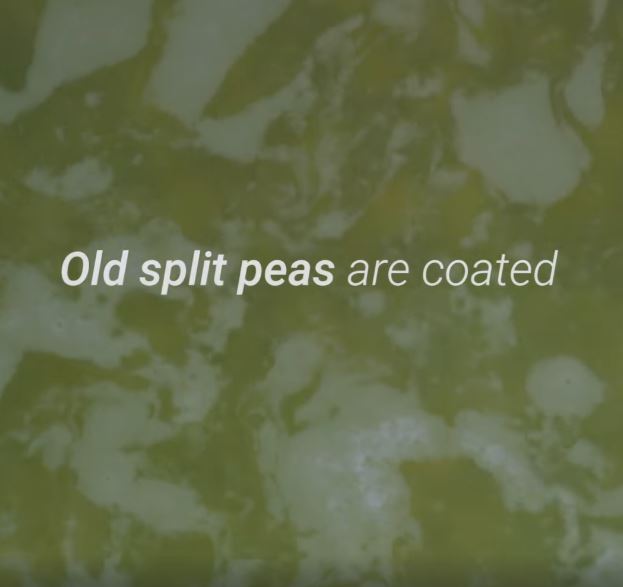
12. Good spices are burning, bad does not
The video shows how fresh spices begin to burn under a flame while it is alleged that bad does not ignite. Which spices the experiment works on is not told, in the clip only a spice appears that looks like turmeric.
Nor is it clear why pure spices would start to burn.
13. Good honey burns
According to the clip, it is possible to separate real honey from honey mixed with water by burning it. Genuine honey does not kill a light while it is blended to extinguish the flame.
The experiment is recommended on several sites, but according to researchers , the test is neither scientific nor reliable.
14. Really tea does not give off spots
Many teas contain tannin, a naturally occurring polyphenol found in plants, which is why the tea leaves marks on everything from clothes to teeth.
The viral examiner has not found any evidence that “genuine tea” would not color off.
15. If butter contains oil, the sugar becomes pink.
Another claim is about butter mixed with oil. According to the clip, the butter and oil separate when sugar is added and the sugar turns pink. Here too, there are several questions that are not answered. Why does the sugar turn pink? What kind of oil is it added to?
16. Hot water removes wax from vegetables
It is true that hot water removes wax from vegetables. Many types of fruits and vegetables are coated with wax. This is to give them a glossy surface and to prevent mold from forming.
The wax is counted as an additive and all approved additives are safe and assessed on the basis of a broad scientific basis, according to the National Food Administration.
There are also no health risks associated with eating waxed fruit or vegetables, according to the authority.

